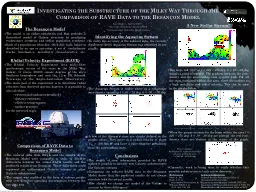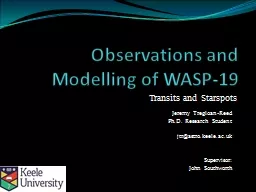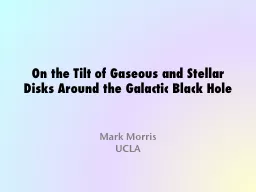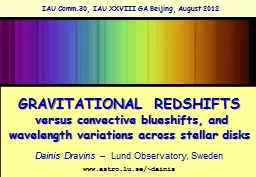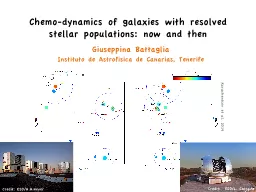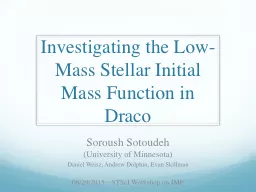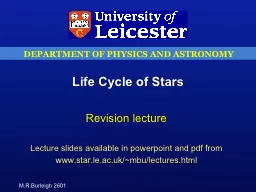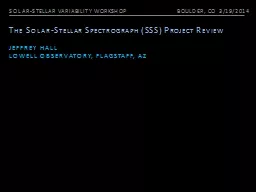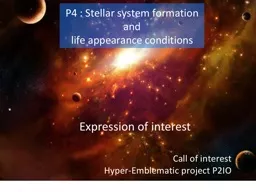PPT-A New Stellar Stream?
Author : pamella-moone | Published Date : 2017-11-04
The large red eye at l 240 270 deg b 10 30 deg signals a point of interest The gradient between the overdensity and the surrounding area is quite high For
Presentation Embed Code
Download Presentation
Download Presentation The PPT/PDF document "A New Stellar Stream?" is the property of its rightful owner. Permission is granted to download and print the materials on this website for personal, non-commercial use only, and to display it on your personal computer provided you do not modify the materials and that you retain all copyright notices contained in the materials. By downloading content from our website, you accept the terms of this agreement.
A New Stellar Stream?: Transcript
Download Rules Of Document
"A New Stellar Stream?"The content belongs to its owner. You may download and print it for personal use, without modification, and keep all copyright notices. By downloading, you agree to these terms.
Related Documents

